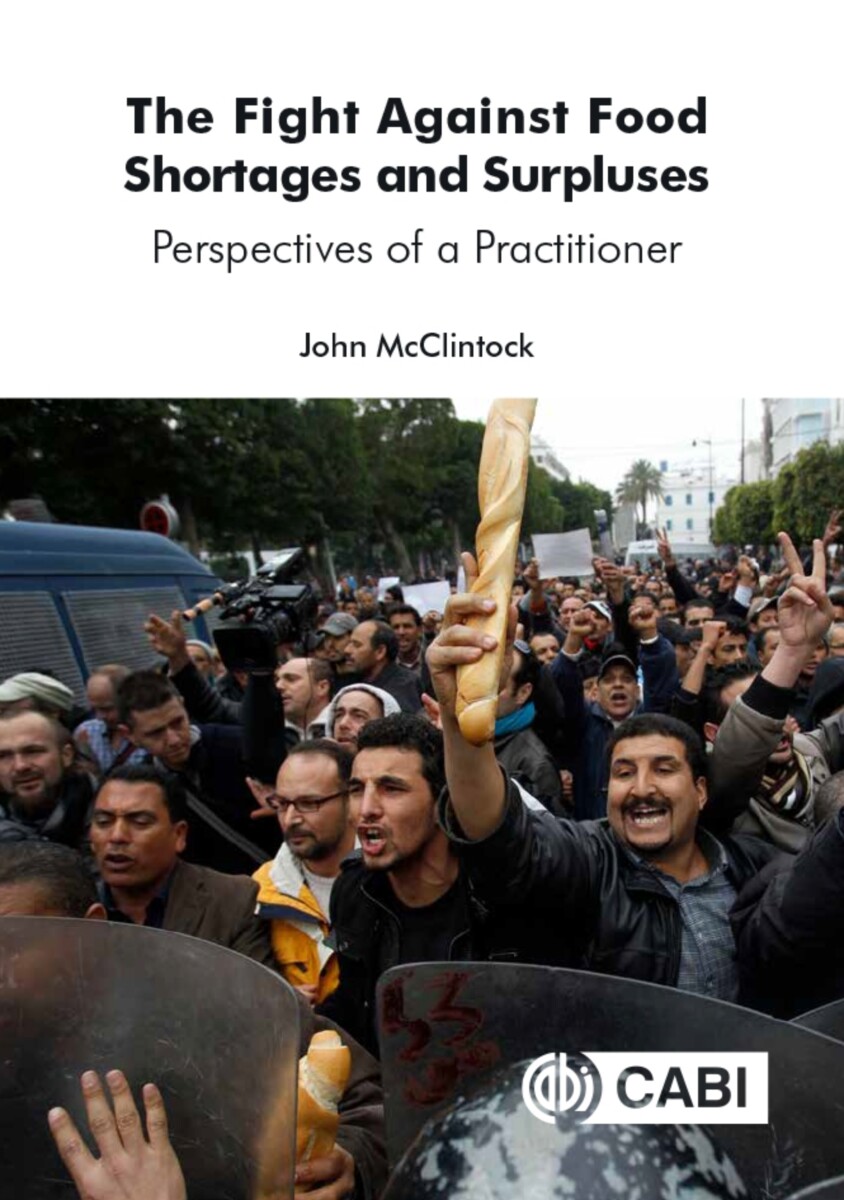The Fight Against Food Shortages and Surpluses
Perspectives of a Practitioner
- Publisher
CABI - Published
10th June 2021 - ISBN 9781786394842
- Language English
- Pages 184 pp.
- Size 6" x 9"
- Publisher
CABI - Published
3rd March 2022 - ISBN 9781800621213
- Language English
- Pages 184 pp.
- Size 6" x 9"
The price of food commodities - wheat, corn and rice - is unstable. It can suddenly shoot up. Food becomes unaffordable to millions of people around the world. It can also rapidly fall, putting farming families in jeopardy. Enough food is produced to feed everybody, yet hunger and the threat of famine still stalk the planet. The whole world would be better off if commodity prices were more stable.
Focusing on hunger as an issue of price, this book addresses major global problems anew by navigating the reader through issues and ideologies surround the reasons behind food price volatility and its adverse consequences, evaluates the various policy tools that have been proposed to eliminate hunger and reduce volatility, and concludes with a practical strategy to moderate volatility: grain buffer stocks. Starting from the observation that food prices are naturally volatile, The Fight Against Food Shortages and Surpluses: Perspectives of a Practitioner uses theory and evidence to address key questions such as:
- Can price volatility be moderated?
- Do previously and currently employed policy tools work to eliminate hunger and reduce volatility?
- What are the costs of these policy tools and their side-effects?
In answering these questions, the author comprehensively explains the political and economic logic of buffer stocks to control the price of gain and responds to practical and ideological objections to this solution.
Authored by a leading practitioner in international agricultural economic issues with a broad knowledge of both theory and practice, this book is essential for students and researchers of economics, international and sustainable development, agriculture, and food security. It is also invaluable for practitioners in international organizations and donor agencies, ministry officials, and all those involved with the issues of commodity prices, hunger, and sustainable agriculture.
1: Introduction
2: Grain in the world
3: The pattern of grain prices
4: The root cause of unstable grain prices
5: Unstable grain prices – who wins? who loses?
6: Stabilising grain prices in a closed economy
7: A model of the international grain market
8: Stabilising grain prices in an open economy
9: Buffer stocks – technical and legal aspects
10: Attitudes towards price stabilisation and buffer stocks
11: Conclusion
John McClintock
John McClintock is an agricultural economist (Reading and Oxford Universities, Ecole Nationale Supérieure Agronomique, Montpellier). He has worked in a number of developing and European countries and for the European Commission. He is the founder of ACTION for Food Reserves, a non-governmental organization in Brussels that seeks to promote stable grain prices and the use of buffer stocks.


